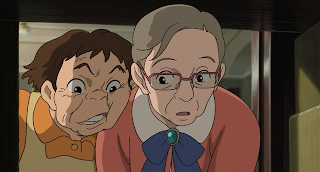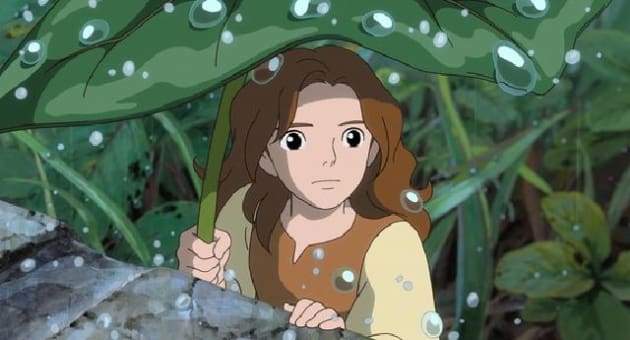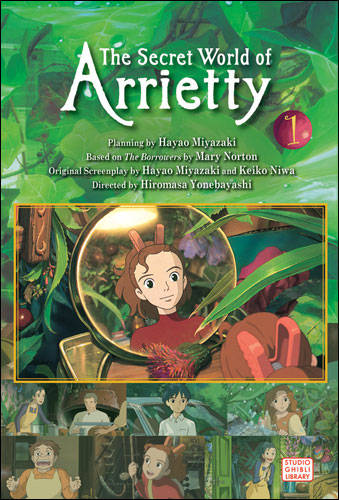




While these groups are often in conflict with each other for various reasons, each is willing to destroy the other without coming to some form of understanding. It could easily be compared to how different groups of people interact with each other in real life, especially in different religious or ethnic groups. In my view, the housekeeper represents those who are willing to destroy the Borrowers without trying to understand their way of living, which, as a result, forces the Borrowers to move. While rewatching Arietty, I realized how obvious the housekeeper was in conflict with the Borrowers, but for what reason, this conflict was never explained in the movie. Even how Arrietty bravely approaches Sho despite being afraid of him at first is a mark of her courage. Her courage to interact with people who could potentially end her life was something admirable - her mother for one would have quaked at the idea. In Arrietty, our adventurous 14-year old decides to rescue her mother on her own accord, using her wits and friendship with Sho to successfully reunite with her mother. These protagonists are never passive characters instead, they are courageous and proactively take charge of their lives, and they often make important decisions like in Nausicaä: Valley of the Wind. This particular theme is congruent with how Studio Ghibli presents its female characters as well. At the end of both stories, the young male protagonist finds meaning in living and enjoying his life to the fullest instead of simply waiting for death, thanks to the young female protagonist who drags him along on her adventures. Both Arrietty and The Secret Garden feature a young, adventurous female protagonist who is very much willing to step out of her comfort zone, while the young male protagonist is sickly and quite pessimistic about their health. For example, when Sho was calmly reading in his bedroom near the end, the book he was reading clearly showed the title “秘密の花园,” which translates to “The Secret Garden.” The 秘密の花园 can be seen if one looks carefullyįor anyone who has read The Secret Garden by Frances Hodgson Burnett, you will find the interaction between the male and female protagonists are very similar to the protagonists in Arrietty. During the watch, there definitely were interesting parallels that my sibling - who was watching with me - and I noticed. I’m much older than when I first watched the movie, so as a result, I’m exploring the movie a second time and sharing how I feel in retrospect. To me, they are basically a bunch of tiny humans who are trying to live in peace without having conflicts with the “Big People.” That’s right, the “Big People” are us: tall, scary-looking humans. One wrong step and they could end up being eaten by animals such as rats or be caught by humans and killed. However, “borrowing” is a deadly endeavor, as shown in the movie via the warnings given by Arrietty’s father, Pod. It could be anything, whether they’re daily essentials like sugar and screw nails for tools or odder commodities such as tissue and dollhouse furniture. Rewatching the movie for its tenth anniversary - the film was originally released on 12 July 2010 in Japan - brings back a lot more nostalgia than it should have, considering this movie is one of the newer installments in Studio Ghibli’s movie catalog.īoth the book and the movie depict the events of a young boy named Sho befriending the titular protagonist Arrietty Clock, who is part of a species of tiny humans called the “Borrowers.” They “borrow” things - or keep things indefinitely - from humans for their daily living. It was then a pleasant surprise to me when I found that Studio Ghibli animated a movie inspired by the book because the latter was an important part of my childhood. I first came across the book when I received it as a birthday gift from a tutor and thoroughly enjoyed it. The Secret World of Arrietty is inspired by Mary Norton’s 1952 book, The Borrowers.


 0 kommentar(er)
0 kommentar(er)
